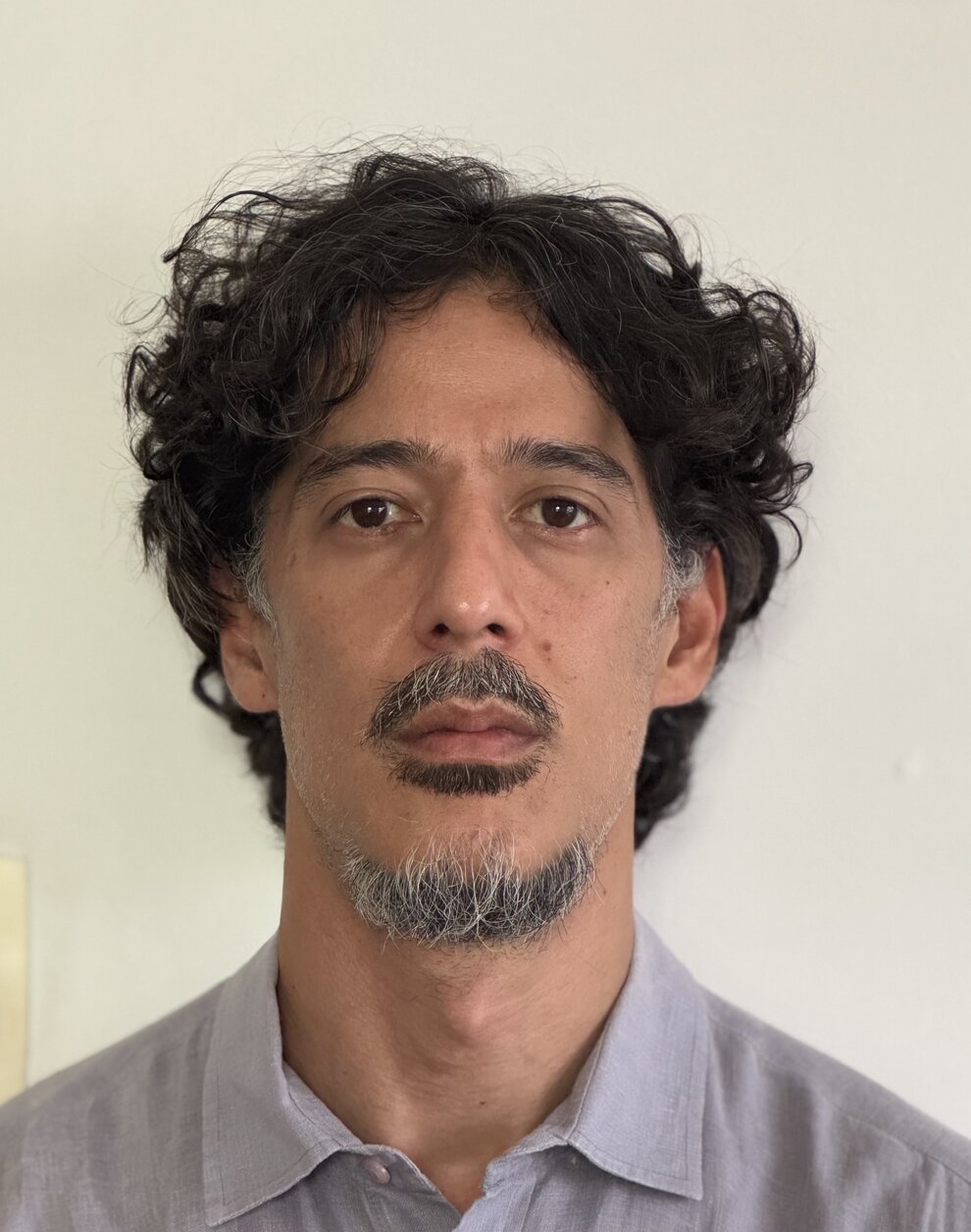Rita Balech
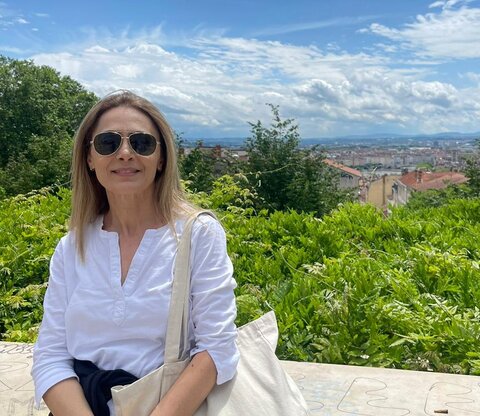

Rita Balech holds a PhD in Archaeology from the Lebanese University (2020) and a Master’s degree in Research from Saint Joseph University. She is a Research Associate at the Prehistory and Bioarchaeology Unit of the Lebanese University laboratory and a member of international projects, including Tabarja-Liban TWS100 (Neolithic Communities of the Coastal Levant) and BCH740 (Monumental Funerary Structures in Beirut).
During her PhD, she was awarded an Erasmus+ scholarship within the framework of a partnership between the Lebanese University and the École Pratique des Hautes Études – Paris (EPHE). In 2024, she also received a MARE Publication Grant (Mortuary Archaeology of the Roman East – University of Groningen).
As a specialist archaeologist, her research focuses particularly on the evolution of funerary architecture in the Roman Levant, the stratigraphic analysis of recently excavated sites, and the integration of Artificial Intelligence into field archaeology. Since 2006, she has directed and supervised excavations in Lebanon in collaboration with the Directorate General of Antiquities.
The project
Title: The tombs of veterans of the legions (V Macedonian and VIII Gallic) identified in Berytus.
"This research project, which stems from preventive excavations carried out on an urban site in Beirut (BCH740), focuses on exploring military funerary structures dating from the Roman period, a field that has been little studied in Lebanon and the Near East. The main objective is to enrich our understanding of local funerary practices and architecture, particularly through the study of monumental tombs, while analyzing how these elements reflect the mentalities and social hierarchies of the communities concerned. The site under study comprises more than a hundred tombs, both individual and collective.
The methodological approach is based on a combination of architectural and stratigraphic analyses, the study of funerary rites using cross-referenced textual and archaeological sources, and a detailed typology of the burials. This data will then be processed using algorithms and machine learning techniques to classify and interpret the objects and structures, taking into account their social and cultural context. This project is distinguished by its interdisciplinary nature and the integration of advanced digital technologies, offering a holistic understanding of military funeral practices in the Roman context."
Selected bibliography
- "Funerary architectural remains in the Bekaa - Lebanon: Study on the accesses to the hypogea during the Hellenistic, Roman and Byzantine era" (Accepted in Syria).
- "Des hypogées à herse dans la Békaa centrale et méridionale (Ier-IIIe siècle apr. J.-C.)" (to be published in Bulletin d’Archéologie et d’Architecture Libanaise, BAAL, volume 2025).
- "Deux chambres funéraires romaines de medawar 168 (Beyrouth)" in Ziad El Morr and Georges El Haibe (dir), “The Archaeological Site of MDWR168, Mdawar, Beirut: New Data from the Suburbium of Ancient Beirut”, BAAL, 20, 2020, p. 35-181.
- "La nécropole perse achéménide : étude des espaces commémoratifs", in Wissam Khalil (dir), "Rapport préliminaire sur les monuments funéraires du site BEY198 - Beyrouth", BAAL, 19, 2019, p. 9-52.

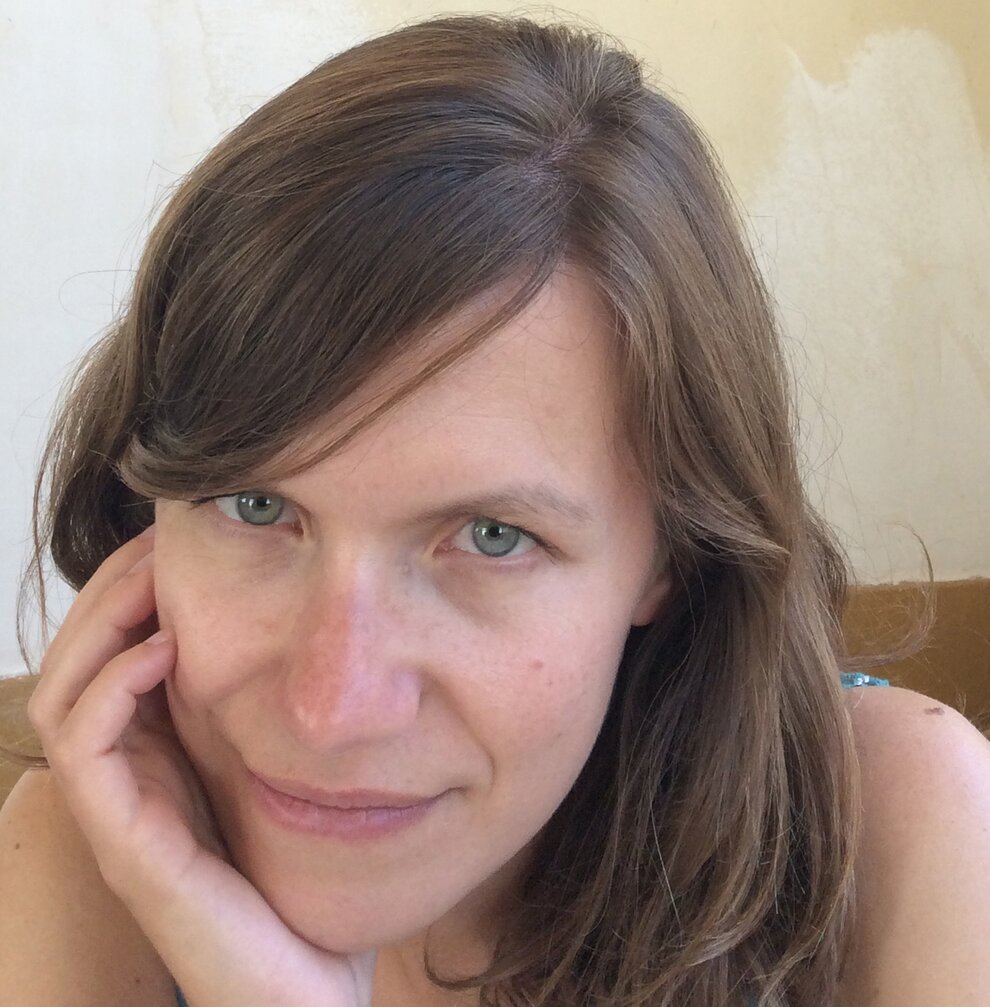
Monica Alonso Riveiro

Toon Van Overbeke
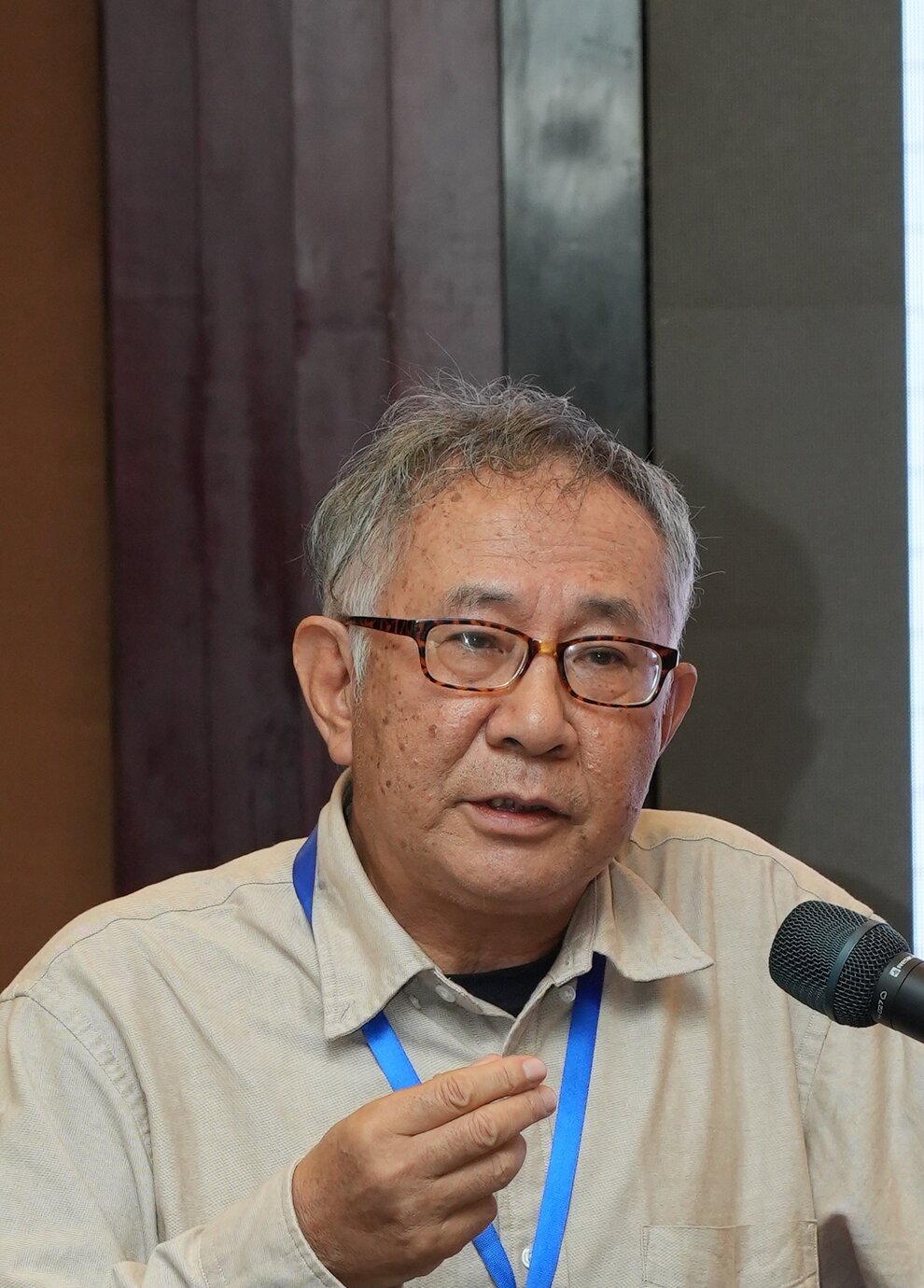
Xiaoyang Zhu
